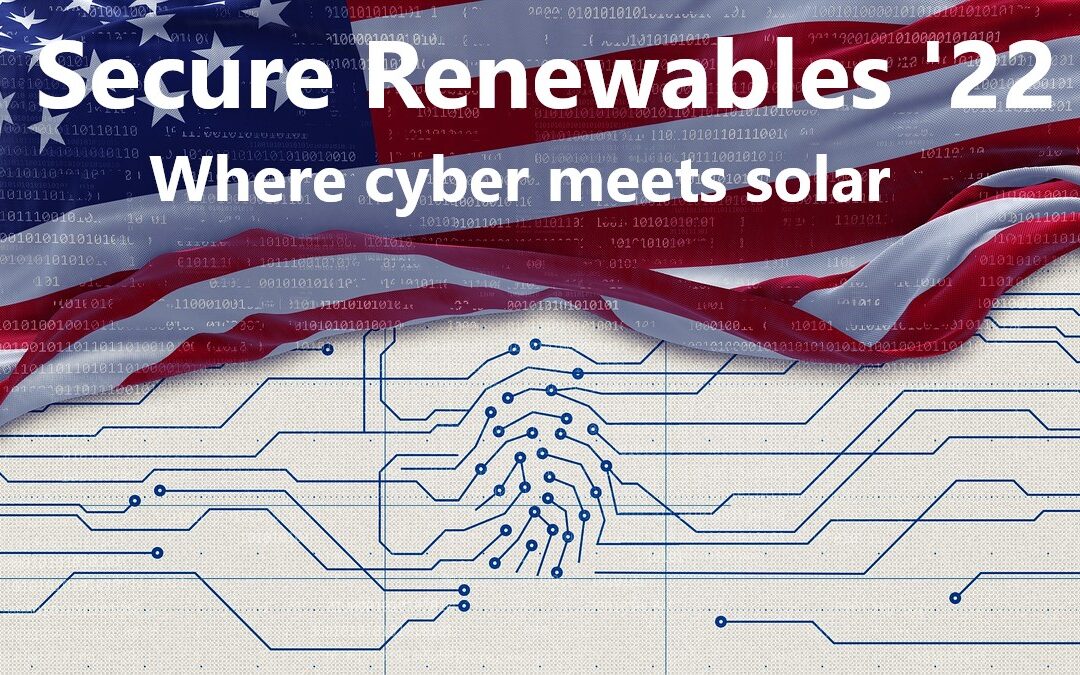Cybersecurity protecting the renewable energy industry
The Solar Energy Industries Association (SEIA) and Idaho National Lab (INL) are hosting Secure Renewables ’22, a first-of-its-kind cybersecurity conference for the solar and storage industry in San Antonio, TX, on April 20-21.
The intersection of industrial cybersecurity and utility-scale energy storage is a sweet spot for experts from the security company BSS Unit Inc. and the DataVersio software development team. This is home turf for the resilience professionals who are developing and implementing cybersecurity systems for the energy industry, serving customers in Europe and North America, as well as designing energy storage infrastructure for high-security installations worldwide.
Over the next decade, hundreds of gigawatts of clean energy projects will come online and each one must account for the increased threat of cyber attacks from foreign and domestic adversaries.
Solar projects already contain some of the newest software technology, but the grid is outdated and increasingly poses a cybersecurity risk to all energy users and consumers. Coupled with geopolitical instability and the increased likelihood of attacks on U.S. energy infrastructure, solar companies must account for this new reality every time they install a rooftop solar system or connect a large-scale project to the grid.
At the two-day conference, leading cybersecurity and renewable energy experts will discuss the key regulatory measures, risk frameworks, and technology pillars that are required to safely and reliably power the clean energy economy.
The Cyber Intel Matrix (CIM) threat intelligence platform of BSS Unit was designed to protect critical assets. The team who built CIM operates the largest industrial control system (ICS) honeynet globally. The emulated Operational Technology (OT) environments capture real-time hacker data while CIM crawlers gather leaked breached credentials used for social engineering. Planned coordinated attacks by known threat actors against critical infrastructure are unveiled before damage can be done.
The resilience capability of the SmartEST energy storage product family is what makes it the system of choice for critical infrastructure.
- Batteries do not overheat (operational at 185°F), do not explode, are used in military submarines
- Scaling is not dependent on inverter size
- Extremely fast charging and discharging is possible at 3C (3 times capacity)
- More charge/discharge cycles, longer lifetime, less maintenance
- No self-discharge, batteries store energy for years without loss
- Cybersecurity layers with real-time alerts on hardware & software breaches included
- Threat intelligence, deception technology, and APT (Advanced Persistent Threat) monitoring included

